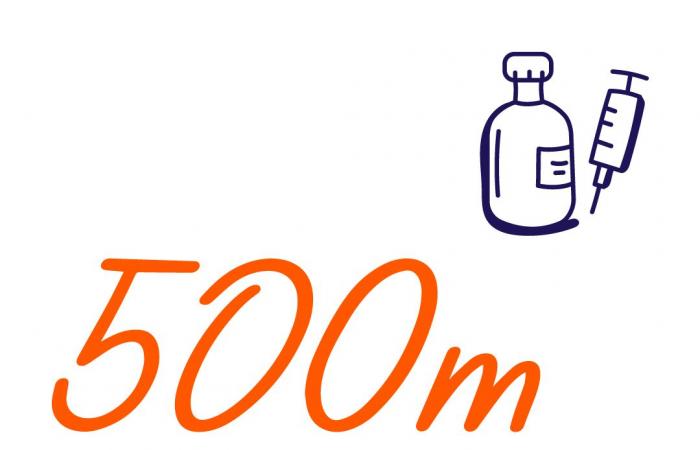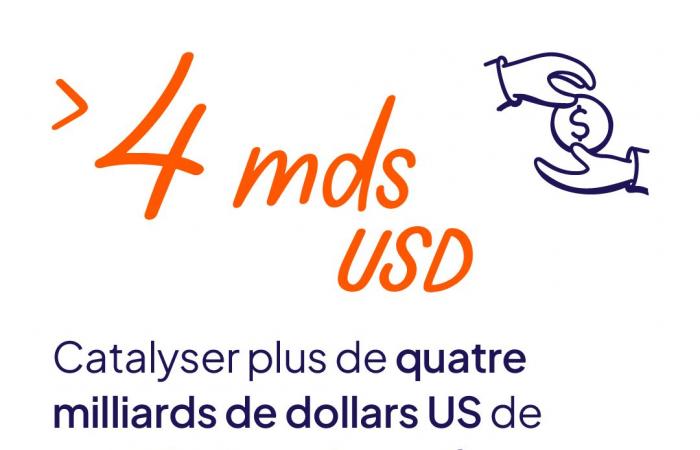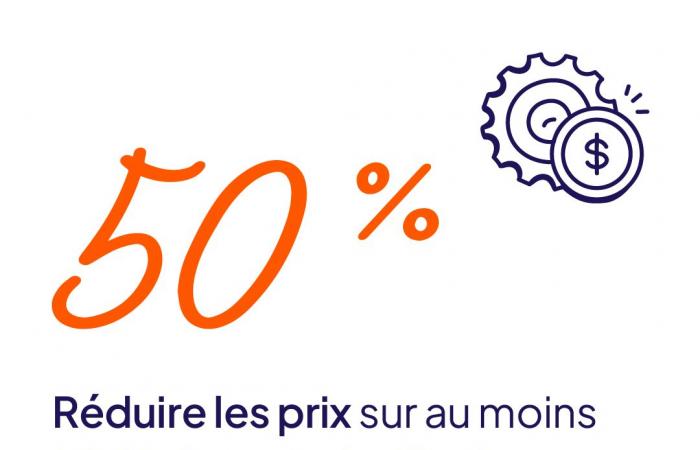Between 2000 and 2020, Gavi helped vaccinate more than a billion children in the world’s most vulnerable countries, saving more than 17 million lives. A child born in a Gavi-supported country is 70% less likely to die from a vaccine-preventable disease before their fifth birthday than in the year 2000.
The Gavi investment opportunity for the period 2026–2030
Gavi has big plans. Find out more here.
English French
Despite these advances, we live in a world increasingly affected by extreme weather due to climate change, where millions of people are displaced by conflict, and where the threat of epidemics is increasing, with an imminent pandemic looming on the horizon. Vaccines will therefore be more important than ever during the next five years of Gavi’s mission.
Gavi plans to vaccinate more children than ever before, against more diseases, faster than ever before. Here are the nine key figures that define the current replenishment.
Since its inception 20 years ago, Gavi has worked with key partners to develop a unique way to deliver vaccines quickly and efficiently. By ensuring markets are available for vaccines, the Alliance has enabled critical research and development, enabling more children to access life-saving vaccines. Today, Gavi is “double-down”: having helped save a billion children in 20 years, it now aims to help save a billion children in 10 years (500 million in the next five years).
Gavi will accelerate its efforts to reduce the number of so-called ‘zero dose’ children who never receive a dose of vaccine, contributing to the Immunisation Agenda 2030 target of a 50% reduction.
Gavi will help countries increase immunization coverage against deadly childhood diseases, including pneumococcal, rotavirus, measles and pentavalent vaccines. Gavi is also preparing its largest vaccine portfolio, which next year will include vaccines against respiratory syncytial virus (RSV), tuberculosis, dengue, smallpox and hepatitis E.
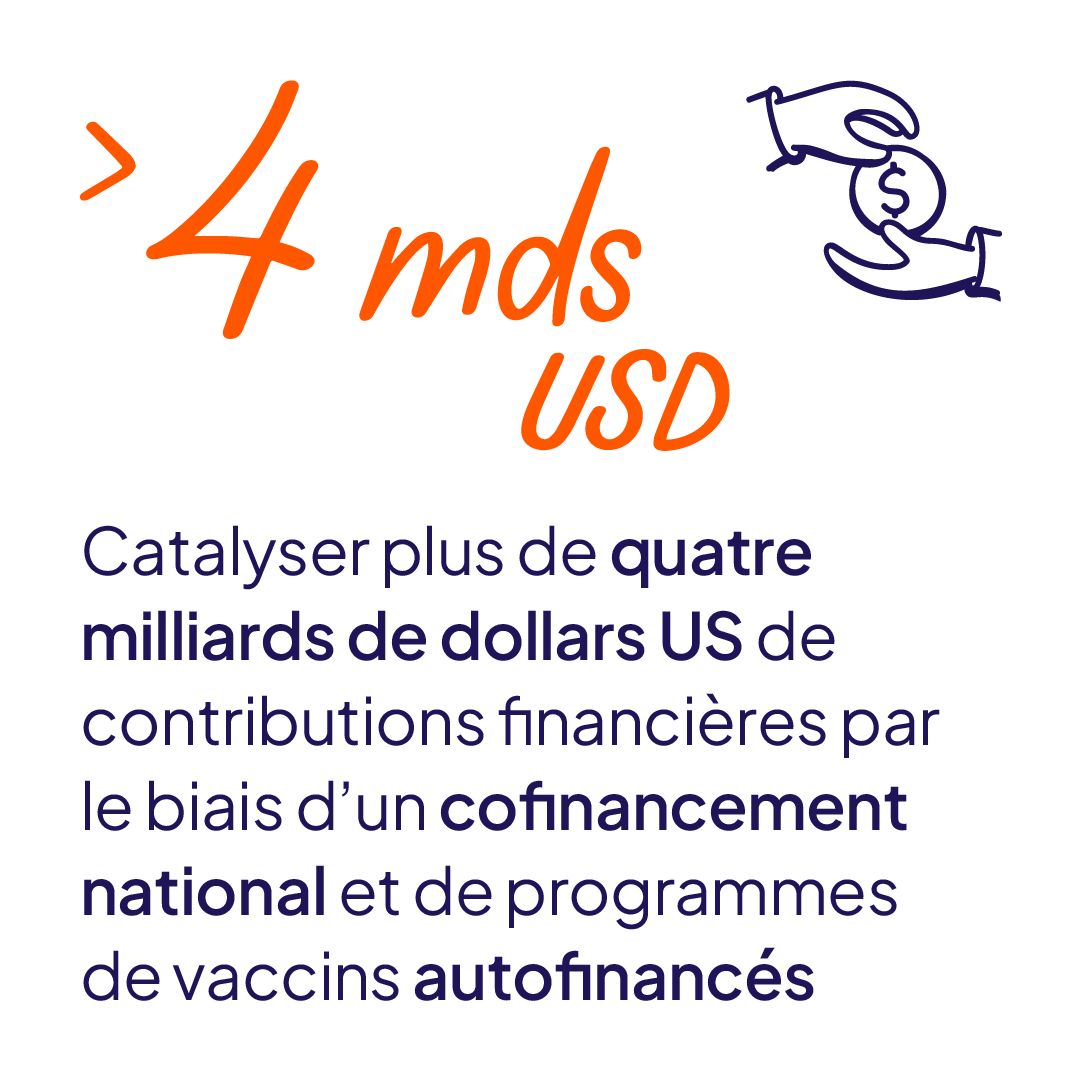
Country ownership of national immunisation programmes is the driving force behind Gavi’s work. Working in partnership with countries, the Alliance has built a model where donor investments are matched by national investments in the health sector. Over the next five years, countries will finance more than 40% of the cost of their routine vaccines, up from just 10% 15 years ago. By 2030, more than one in four of the 78 low-income countries supported by Gavi will fully finance their own immunisation programmes.
Gavi is ready to respond to 150 outbreaks over the next five years. Global crises such as Ebola and the COVID-19 pandemic have taught us painful lessons, and through its experience with COVAX, which has helped roll out COVID-19 vaccines to the world’s most vulnerable populations, Gavi has strengthened its capacity to help countries prevent, prepare for and respond to a growing range of health threats. This is vital and urgent: the number of outbreaks Gavi is responding to has increased from 15 in 2020 to 35 in 2023.

Gavi plans to use its market power to encourage manufacturers to innovate while reducing prices on 50% of the vaccines in the portfolio between 2026 and 2030. Gavi has also helped reduce the costs of key vaccines. For example, rotavirus vaccine cost US$15.75 per dose in 2010, compared to US$3.27 in 2023. Over the same period, pentavalent vaccine has fallen from US$8.95 per dose to US$2.81. The Alliance will minimise costs for donors and countries by maintaining a lean and efficient Secretariat, so that 97 cents of every dollar goes directly to supporting immunisation programmes.
Illness and death can place a considerable financial burden on countries, both in terms of health care costs and loss of productive life years. By saving lives and enabling populations to live longer, healthier lives, vaccines can bring significant economic benefits to individuals and countries.
Vaccination programmes in low-income countries supported by Gavi have generated more than US$220.5 billion in economic benefits since 2000. As the Alliance prepares to vaccinate people against more diseases more quickly, the economic benefits between 2026 and 2030 are expected to reach at least US$1 trillion.

Gavi works to integrate vaccination into primary health systems to ensure that each encounter between an individual and a vaccinator puts them in contact with health services. This connection to primary health care systems increases the chances of having access to health care throughout life.
Cervical cancer kills nearly 350,000 women each year, with more than 90% of these deaths occurring in low- and middle-income countries. Yet cervical cancer is largely preventable thanks to the effective HPV (human papillomavirus) vaccine. For every 1,000 girls vaccinated, nearly 18 deaths are prevented, making it one of the most effective vaccines in Gavi’s portfolio. Over the next five years, Gavi plans to vaccinate more than 120 million girls against HPV, saving 1.5 million lives.
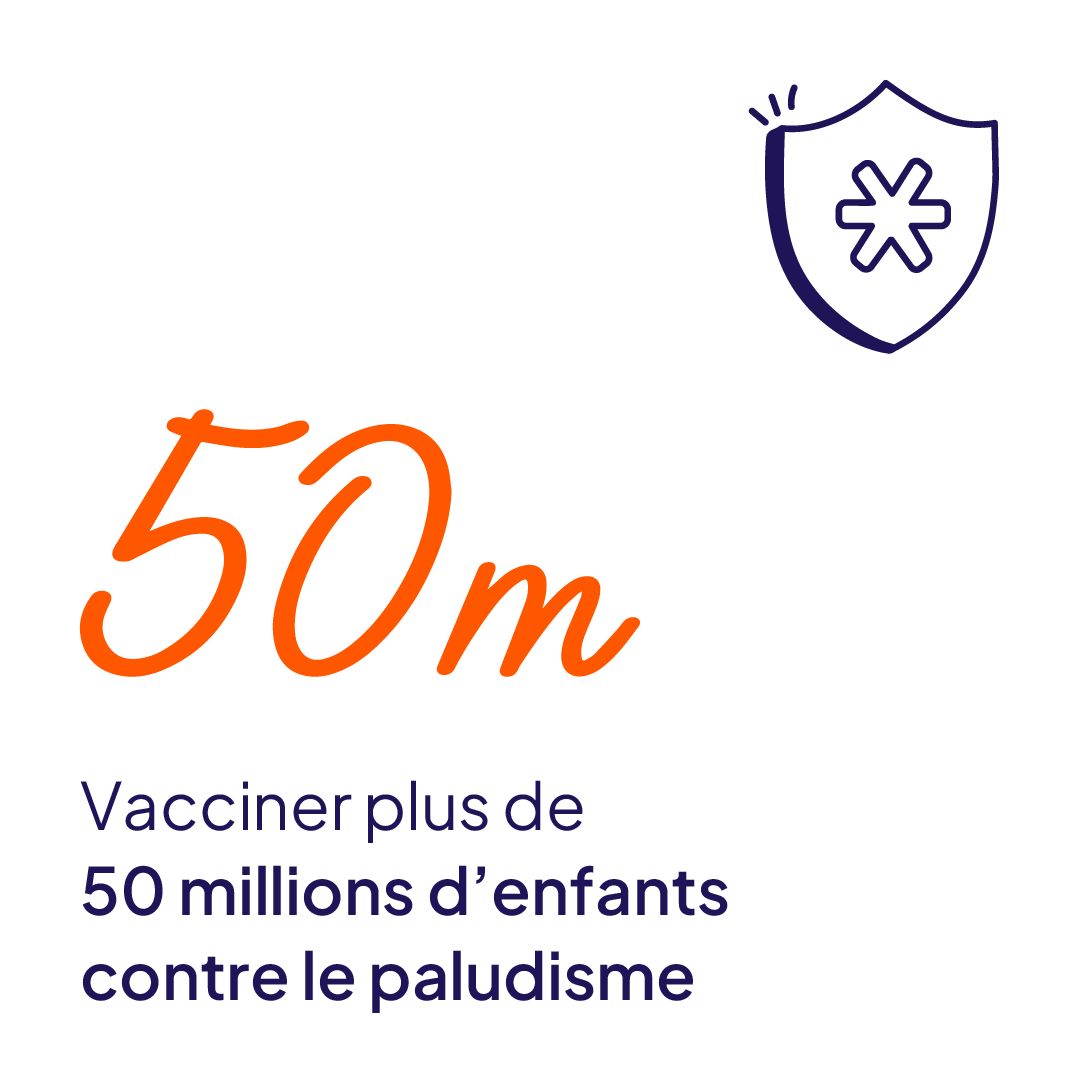
Malaria is one of the deadliest diseases among children under five, especially in low- and middle-income countries. The recent rollout of the malaria vaccine has been a global health success story. Gavi will provide the vaccine to 50 million children over five years.


